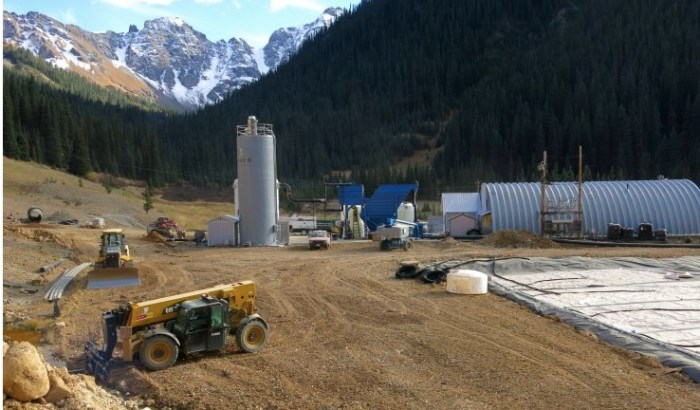
From The Durango Herald (Jonathan Romeo):
The Environmental Protection Agency announced Monday it would prefer to continue operations at the temporary water-treatment plant that handles discharges out of the Gold King Mine while the agency continues to evaluate long-term options.
Before the EPA makes that decision final, a public comment period that began Monday will run to Dec. 14.
“As EPA understands more about the hydrology of the area, and how various sources of contamination are affecting water quality, the Agency will consider any number of options, including potential expansion of the IWTP, to address the contamination,” Chris Wardell, of U.S. EPA Region 8, said in a news release.
The second option considered in the report released Monday was to mothball the $1.5 million water-treatment plant, which was built two months after an EPA contracted crew on Aug. 5, 2015, breached the portal of the Gold King Mine, releasing 3 million gallons of mine waste down the Animas River.
The treatment plant’s high cost of operation, as well as the need to deal with the lime-heavy metal sludge by-product, led officials tasked with improving water quality in the Animas River watershed to find other options.
As of last week, the average flow rate into the treatment plant was 712 gallons per minute, and it costs about $16,000 per week to operate.
If EPA, after reviewing public comments, formally decides to continue operations, the agency will move the plant from “emergency removal action” funding to “Non-Time Critical Removal Action,” which falls under the proper Superfund process.
This fall, the EPA officially declared 48-mining sites around Silverton as the Bonita Peak Mining District Superfund site.







